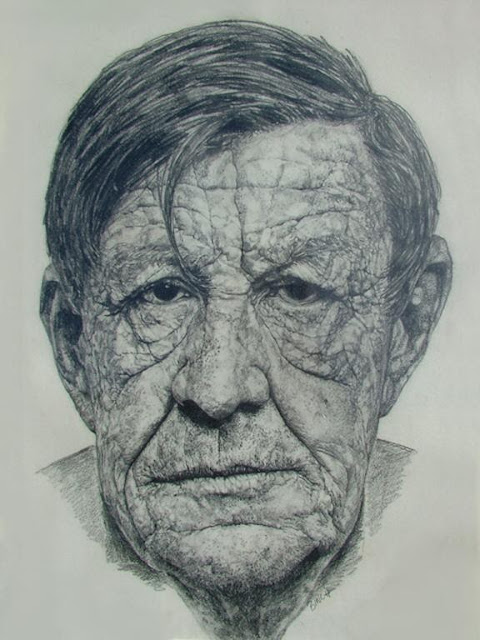I don't think most museums should give themselves over to this type of thing. Art has been trivialized enough in our time...I'd hate to add to that. But a museum that shows nothing else but funny, well...that's different. Funny art belongs in a funny place.
What would hang in such a museum? That's a tough one. Everyone has their own idea of what's funny and what's art.
Then there's the question, do all funny things belong under the same roof? Take this drawing (above) by John K...it's hilarious and skilled, and certainly deserves to be in a museum...but what kind of museum?
Some would argue that it belongs in a seperate museum of comics or animation art. That's because the best comic art of the last century is so uniquely effective at getting a laugh that it would reduce the impact of every other art form in the museum.
Yikes! Is that what the future holds for museums? Is contemporary funny art destined to be parceled piecemeal to various niche collections?
Lots of people can't imagine contemporary funny artists sharing a wall with funny artists of the Eighteenth Century like Gillray (above).
Once you've seen Gillray you can't think of the 18th Century the same way again. Here (above) he parodies the women who wore thin dresses and insufficient petticoats in his time. Now I understand why hoopskirts became popular.
I don't doubt that Gillray would be delighted to know his work shared a wall with our own Basil Wolverton (above).
I think this large painting of Marylin is funny but I have friends who might disagree.
Animation could provide lots of funny material, but much of it would have to be derived from frame grabs. The originals don't exist. Is it proper to hang frame grabs on a museum wall? I don't know.


























































